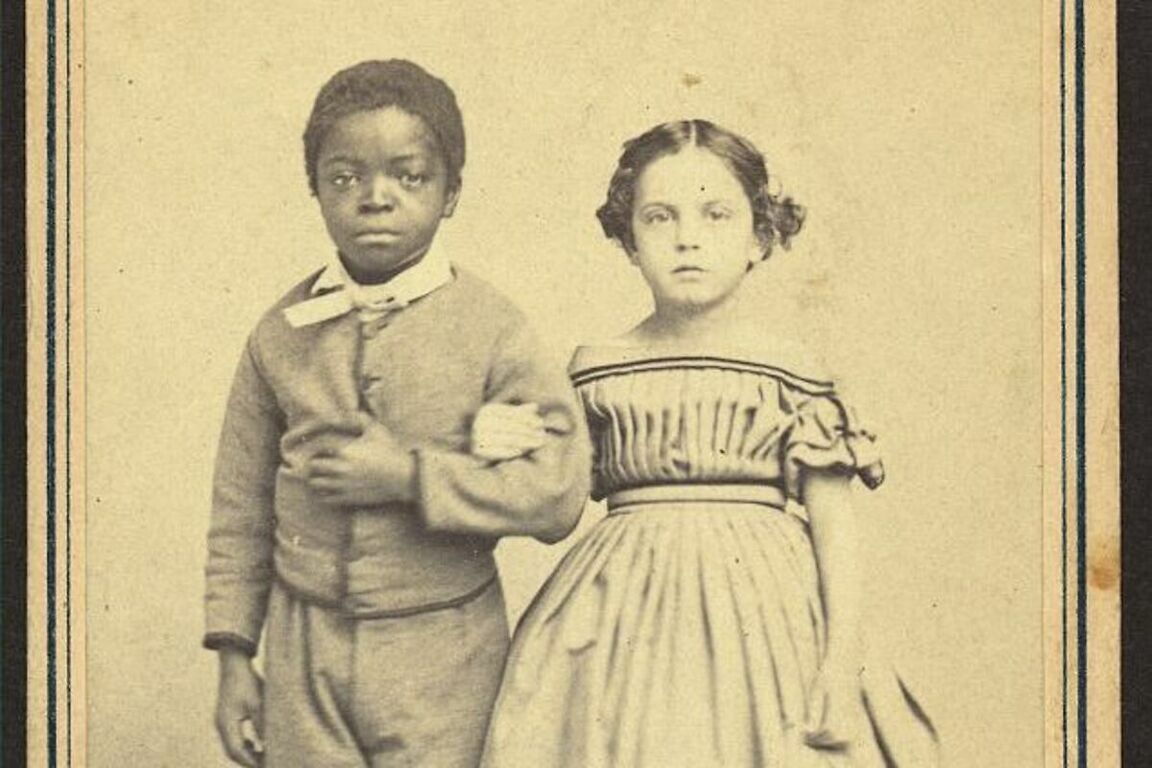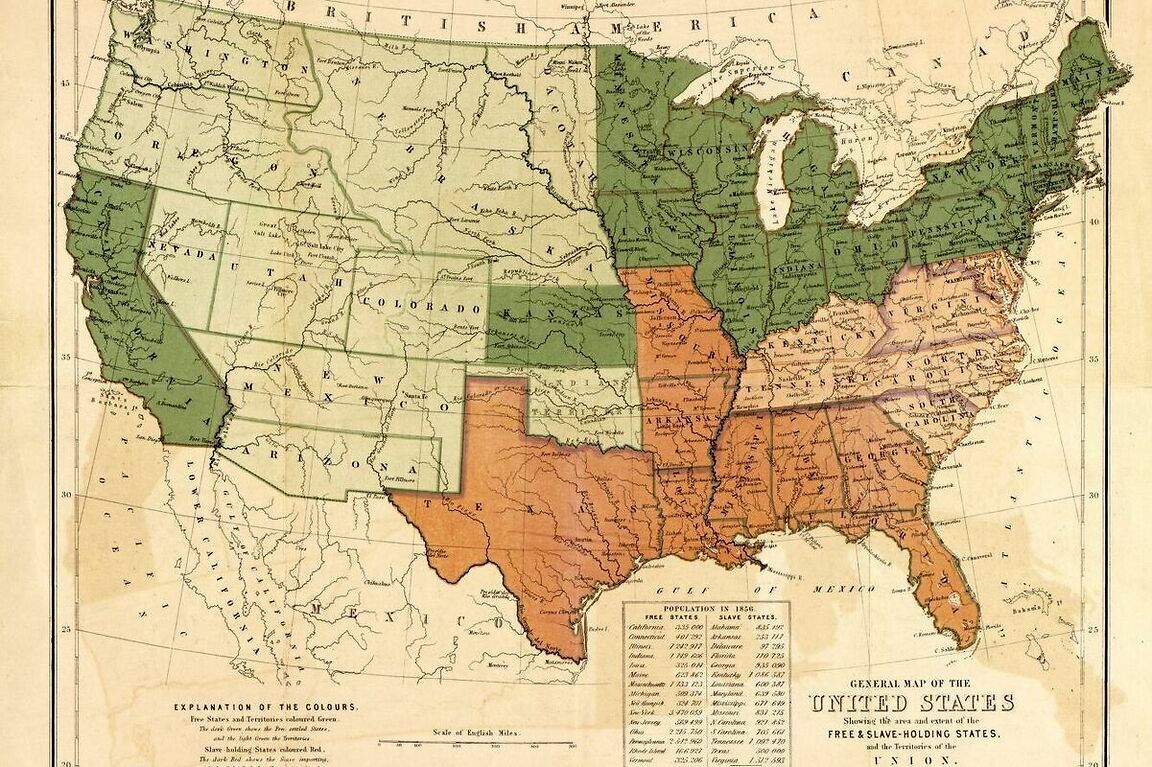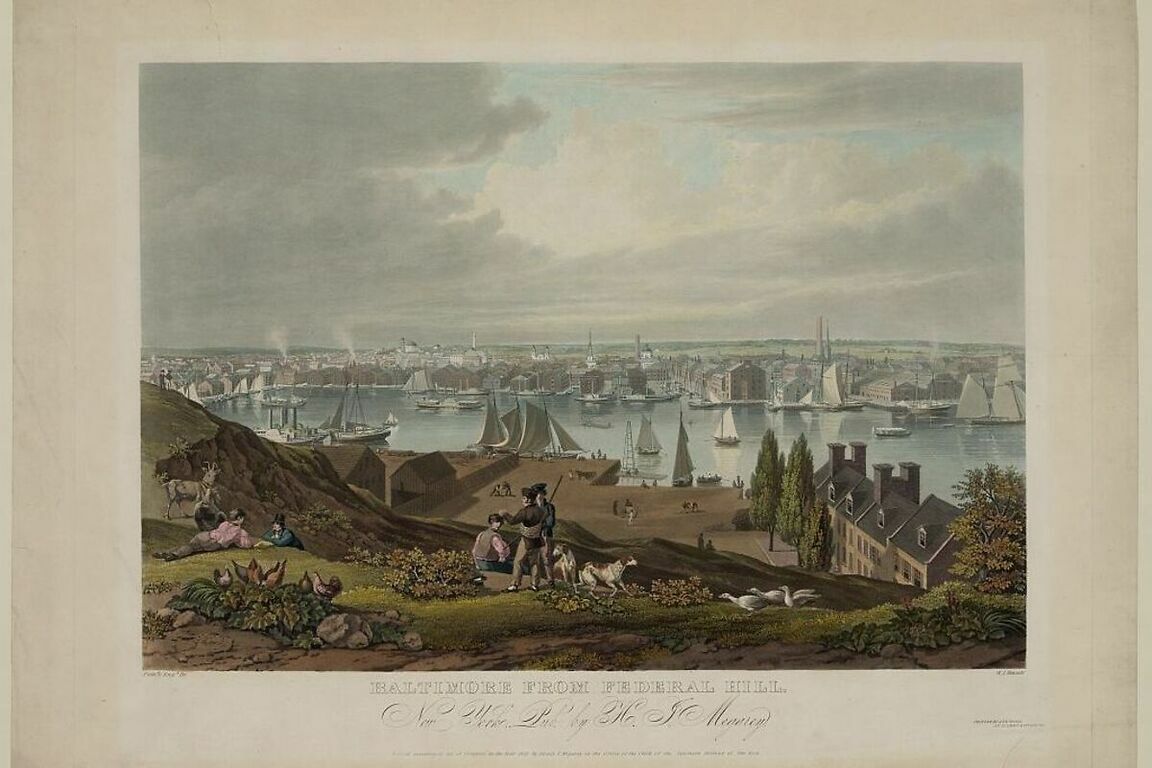As a child, Frederick Douglass was relocated from a plantation on the eastern shore of Maryland to Baltimore. There he learned how to read and write—first from the wife of his master and then from poor, local immigrant children. This module examines how literacy helped Frederick Douglass consider the possibility of a life beyond slavery. Students will analyze primary sources from the era, and consider discussion prompts for more dialogue and deeper reflection.
Essential Question:
How did literacy provide a “gateway” for Frederick Douglass? Where did the gateway lead?
Thinking Questions:
- How might Frederick Douglass’s life be different if he had stayed on the plantation on the Eastern Shore?
- What was Frederick Douglass able to learn by observing others in his new household and city?
- What strategies did Douglass use to increase his literacy skills?
- Why did Mr. Auld argue that reading makes enslaved people “unfit for enslavement”?
- How does “The Columbian Orator" encourage Frederick Douglass' aspirations for freedom?









